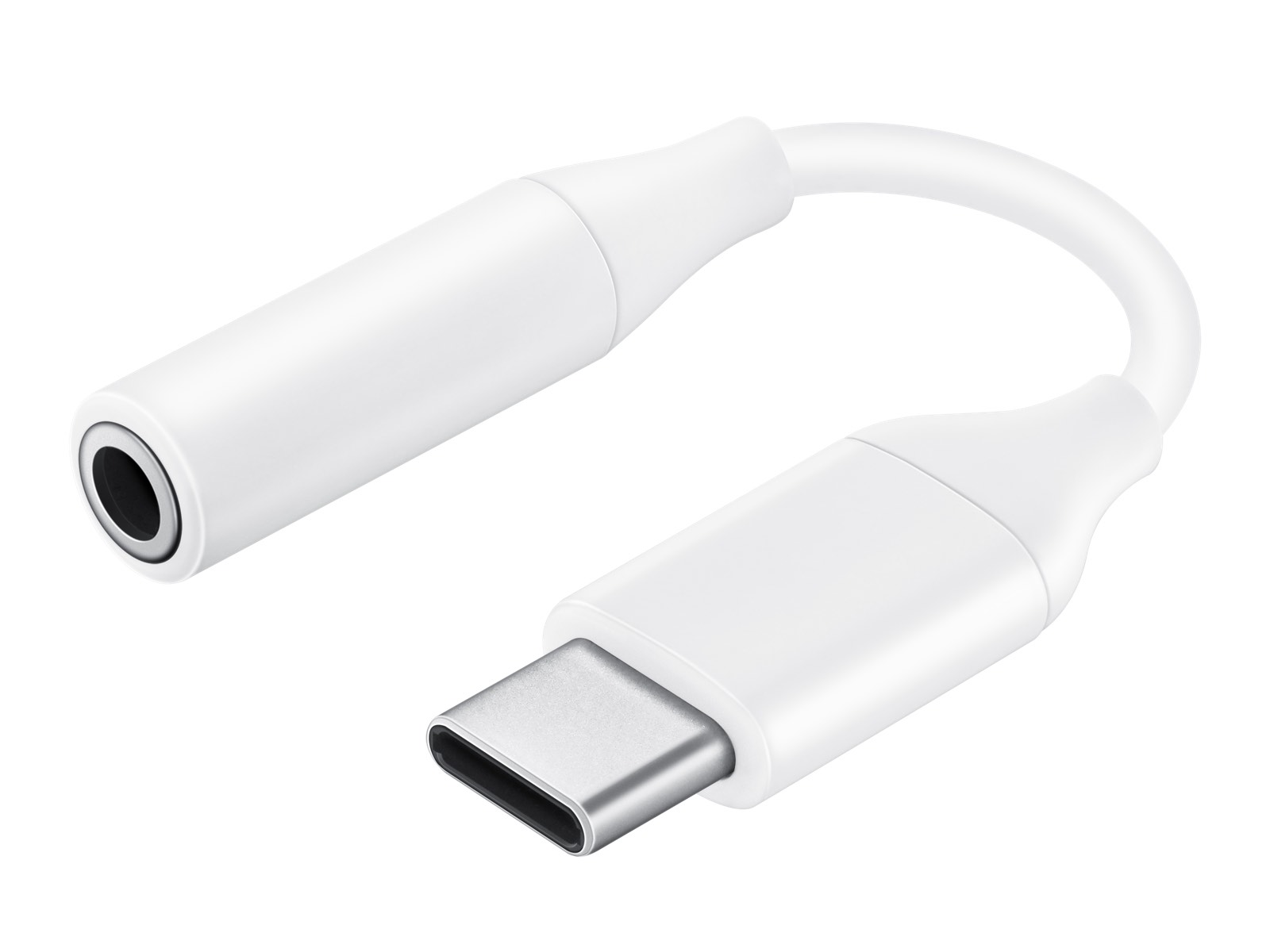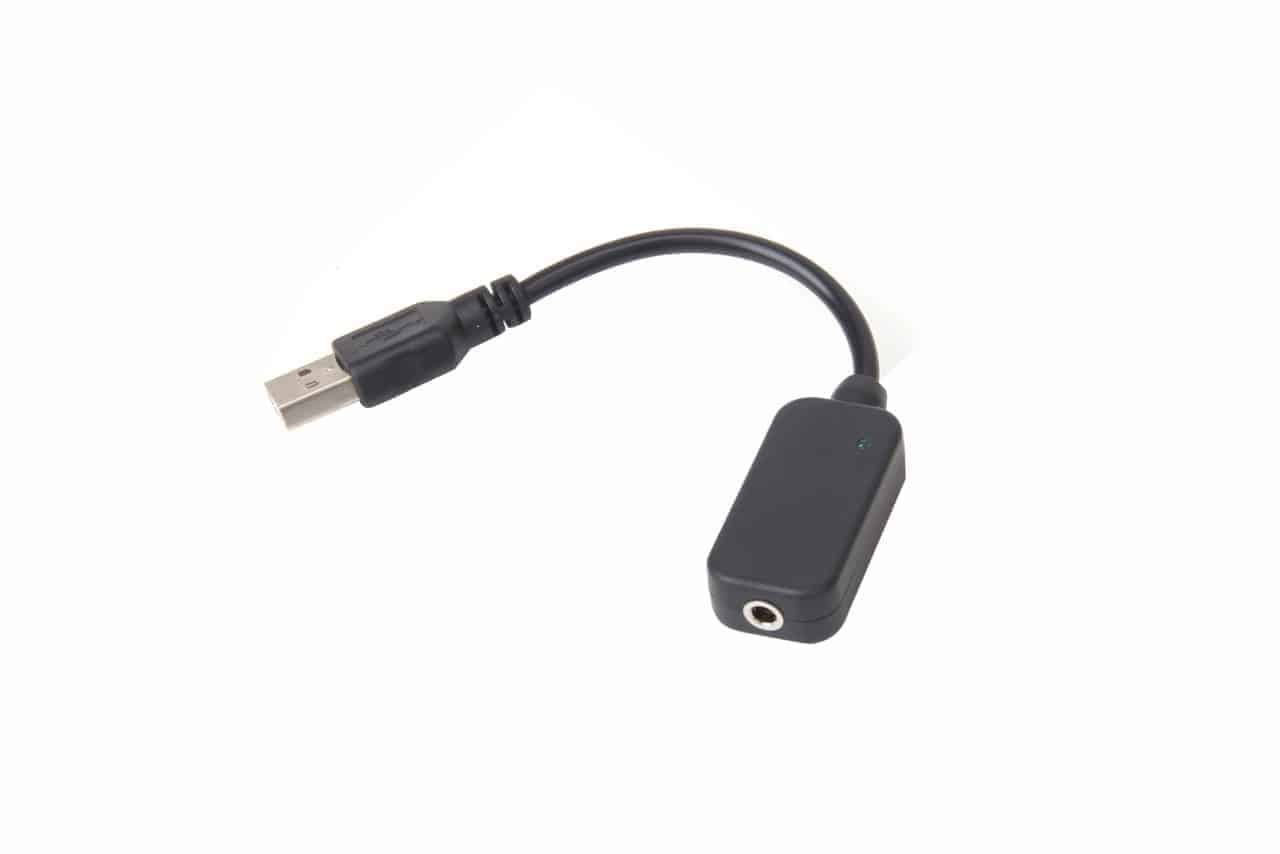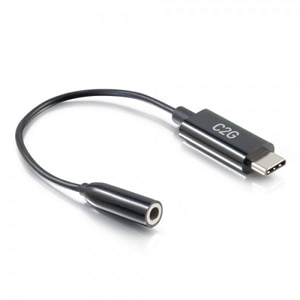


The highs immediately pierced my ears as soon as I started using the DAC with the Moondrop A8, so much so that I couldn’t listen to them for too long before I found them to be too harsh. The KA3 adds a significant bite to its treble that not all will find easy to take in, and at first, I didn’t either. HighsĪside from the KA3’s great width, the other element that immediately stuck out to me was the brightness of the highs. It’s an incredible pure response that is hard to match with any other DAC adapter in this price range. The performance feels like it’s directly in your face at times, which is further expanded by the KA3’s upper midrange accentuation that really brings out the texture in some performances.

#AUDIO TO USB CONVERTER PRICES FULL#
Vocals are unsurprisingly the big standout here, appearing in a very direct manner with every little detail on full display. I felt like the KA3 pushed a lot of the mids forward like they were trying to show off how crisp the response is. Smoothness in the bass frequencies also resonates in the midrange as well, culminating in a fantastically lifelike performance. This faint tone added fullness to the frequency response but I didn’t hear that much more depth in this region. Listening to the Audio Technica M50x with the KA3, some sub-bass frequencies bloomed, but not with much drive. It’s a pleasant timbre but won’t make the bass stick out aside from its clean balance and quickness. With the KA3, the transient response of the low-end feels quick, letting you get just enough impact and detail from the mid-bass before it reserves itself. The bass here is tight and gripping, offering a lively punch the has a buttery smooth tone. These elements appear a lot more forward in certain mixes, where the spatial imaging appears closer to you, but not too inward. The effect this has makes separation appear naturally throughout the sound signature, articulating layers with accuracy. I spent a lot of time testing the KA3 with the Sivga SV021, and the imaging felt like two spheres in the hard left and right with a flatter middle portion. The left and right channels appear to leak into a more open-air sound field, even listening to some closed-back headphones. There was still linearity to most tracks I listened to, but the width definitely felt expanded. When I first started listening to the KA3, my first immediate impression was the spread it produces within the soundstage of each set of headphones I tested.

It uses an RGB light indicator that tells you what current sample rate you’re in. Inside of the KA3 is an E59038Q2M chipset which is a flagship DAC capable of achieving DSD512 34bit/784kHz. 3.5mm and 4.4mm balanced headphone inputs are supported. Although I would have preferred it came with one, the detachable type C cable leaves room to use other options with type c including type c to lightning. Its rigid design and black finish give the adapter a more premium feel than you standard plastic constructions you’re used to seeing with this kind of device. Especially for this price, the KA3’s solid metal construction is quite unique. Taking an initial look at the KA3, I could tell that it was going to have one of the better builds out of any DAC adapter. Let’s see what Fiio and Jade Audio have in store for us this time. Recently, they announced a collaboration with their subsidiary Jade Audio to create a new USB DAC adapter for laptops and smartphones, the KA3 for $89.99. Audiophiles have become pretty familiar with a good number of Fiio’s selection of DAC amps, from the BTR3K to the popular BTR5.


 0 kommentar(er)
0 kommentar(er)
